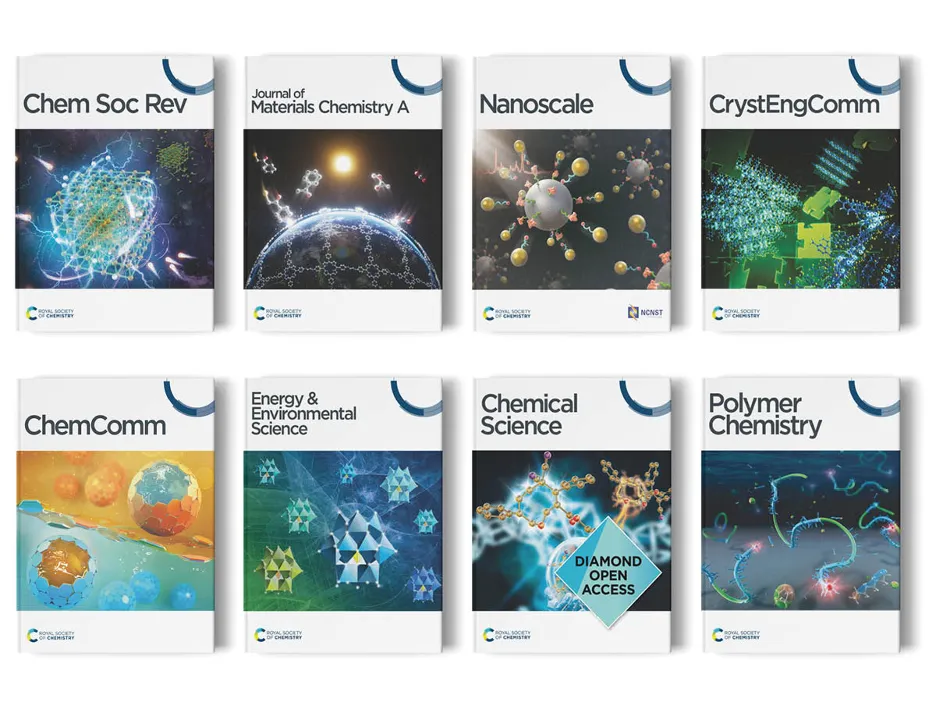Magnetic nanoparticles

Submissions now open
| Deadline: | 01 September 2025 |
|---|---|
| Guest Editors: |
Ali Abou-Hassan, Sorbonne University Professor Nguyễn T K Thanh , University College London Teresa Pellegrino, Istituto Italiano di Tecnologia Anna Cristina S. Samia, Case Western Reserve University Olivier Sandre, University of Bordeaux Lise-Marie Lacroix, University of Toulouse |
|
This themed collection aims to provide a comprehensive overview of the advances in the field of magnetic nanoparticle research, by covering its different facets ranging from rational design of synthesis processes to improved properties dispersion states, and end applications. Magnetic nanoparticles are a class of materials that exhibit unique superparamagnetic properties due to their nanoscale size and high surface-to-volume ratio. The synthesis of magnetic nanoparticles is central to their widespread use, with several methods developed over the years to produce them in a controlled, reproducible manner. One of the most well-known and widely adopted methods is the alkaline co-precipitation method developed by Prof. René Massart in the early 1980s. Originally conducted in water (though it can be adapted to a dispersed state in less polar media), it is a widely used, cost-effective technique for synthesizing magnetic nanoparticles, especially iron oxide (magnetite and maghemite), as well as other spinel-structured metal oxides (e.g., cobalt, manganese, and zinc ferrites). Known for its simplicity, up-scalability, and ability to relatively control particle size and magnetic properties, the Massart process is extensively employed for producing nanomaterials for in biomedical, environmental, and industrial applications due to its efficiency and versatility in producing large quantities of tailored nanoparticles
If you want to contribute to this themed collection, you can submit your article directly through the Nanoscale or Nanoscale Advances online submission system. Please mention that this submission is an open call contribution to Magnetic Nanoparticles collection in the “Themed issues” section of the submission form and add a “Note to the Editor” that this is from the Open Call. Please note that all submissions will be subject to initial assessment and rigorous peer review, if appropriate, to meet the usual high standards of Nanoscale or Nanoscale Advances. In some cases, the Associate Editors may offer authors a transfer to Nanoscale Advances from Nanoscale if more appropriate. If accepted, your article will be added to a usual issue of the journal where you will receive your page numbers and added to our online collection for extra visibility. The collection will be promoted in Winter 2025. If you have any questions about the journal or the collection, please contact the editorial office and they will be happy to answer them. |
|
Nanoscale Advances
Impact factor
4.6 (2024)
First decision time (all)
27 days
First decision time (peer)
39 days
Editor-in-chief
Chunli Bai
Open access
Gold
Related pages

Publish with us
Get your work the international recognition that it deserves.

Our journals
We publish over 50 world-leading journals that span the core chemical sciences and related fields.

Sign up for journal email alerts
Get table of contents alerts and notifications about calls for papers, themed issues and more.